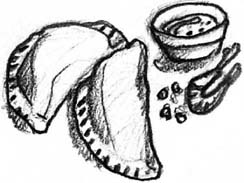Philippine Breads
by Gene Gonzalez
Copyright 2015
Gene Gonzalez and Anvil Publishing, Inc.
All rights reserved.
No part of this book may be reproduced
in any form or by any means
without the written permission
of the copyright owners.
Published and exclusively distributed by
ANVIL PUBLISHING, INC.
7th Floor Quad Alpha Centrum
125 Pioneer Street, Mandaluyong City
1550 Philippines
Trunk Lines: (+632) 477-4752, 477-4755 to 57
Sales & Marketing:
Fax: (+632) 747-1622
www.anvilpublishing.com
Book design by Ani V. Hablan (cover) and Joshene Bersales (interior)
Cover and folio photos by Crown Dolot
Food styling by Novia David Zapata
Photo of the author on the back cover by Wendy Basilio
Bread-making illustrations by Andrew Agonoy
Bread vignettes by Crown Dolot
The National Library of the Philippines CIP Data
Recommended entry:
Gonzalez, Gene.
Philippine breads / Gene Gonzalez. -- Mandaluyong
City : Anvil Publishing, Inc., [c2014].
p. ; cm
ISBN 978-971-27-3185-3 (e-book)
1. Cookery (Bread). 2. Baking. 3. Cakes.
I. Title.
641.815 TX769 2014 P420140226
Contents
My heartfelt thanks to the head of my Research and Development Team, Ria Aplasca, who, for one whole year of rigorous testing of various recipes, saw this project through.
 To the Research and Development Team composed of students of the Center for Asian Culinary Studies, Michael Raymond Barcelona and Dindo Bollozos, whose extra hours dedicated also enriched their deep appreciation for traditional Filipino-style breads.
To the Research and Development Team composed of students of the Center for Asian Culinary Studies, Michael Raymond Barcelona and Dindo Bollozos, whose extra hours dedicated also enriched their deep appreciation for traditional Filipino-style breads.
My thanks also to Jun Jun de Guzman head of Pastry and Baking of the Center for Asian Culinary Studies for the precious advice.
Raymond Bunquin, for introducing me to his father Efrens work that pushed me even harder to test old recipes and research.
To Caf Ysabel chefs Toto Erfe, Red Espiritu, Francis Roman, and King Estolano, who provided evaluation and improvement of recipes through time using the commercial oven and the wood-burning pugon.
To Maycel Globasa, who patiently typed and retyped the evaluated recipes and text, organized the product testing, and compiled all the notes that went into this book.
To my two children, Gino and Giannina, who have followed my culinary path and have always been there to support my projects.
Baking is a cooking technique that uses the dry method of giving heat to the product by surrounding it with the hot air of an oven. This is done in vegetables, meats, poultry, fish, and other blends of food to bring out a desired degree of doneness.
At present, baking is done in different, more varied, and complicated ways. Baked goods now start out as doughs or batters, which are just flour and water mixtures that are combined with other ingredients. When heat travels through these mixtures, certain complex physical and chemical changes occur that result to a different product. Small differences in ratios, proportions and measurement, or even methods of mixing will produce very different results. Thats the reason why most pastry chefs call their recipes formulas, which refer to the chemical reactions that take place.
Baking is an exact science. It is strict, organized, and precise. Specific ingredients, amounts, and their proportions must be followed exactly, or else the end product will not happen, or it will not turn out as it should be.
Ingredients and Their Functions
The following is a list of common baking ingredients and the different roles they take which will result to a finished product.
Flour
Provides the structure and character of a finished product. It gives the products texture, flavor, absorbency, and storage qualities. Flour is made up of protein and starch, as well as little amounts of minerals, vitamins, sugar, and fat.
The flour comes from wheat, which contains the highest proportion of proteinsgliadin and glutenin, which becomes gluten when they come in contact with any liquid.
White flour is made from the interior of the wheat kernel, which contains gluten-forming proteins. There are two types of wheat: hard and soft. Each type provides the qualities needed for different types of doughs and batters.
Bread flour is made from hard wheat and forms long and strong gluten strands used for breads, rolls, and other yeast-based baked products.
Cake flour is made from soft wheat, which has less protein and is useful in making soft and tender products like cakes and doughnuts.
Allpurpose flour contains less gluten than bread flour and is used in all types of baked goods, such as cakes, breads, rolls, and others. This type of flour is very common in the Philippines.
Whole wheat flour is milled from the entire kernel. It is more nutritional than all the other white flours. However, it makes for a heavier, denser product since its gluten is less elastic. It is usually used as a combination with other white flours.
Flours that are made from rye, soybean, oats, and barley are sometimes used for specialty items and as a combination with other flours. All these have protein, but not the gluten-forming type. They are combined with a strong flour (all-purpose, bread) to provide the gluten needed.
Liquids
When developing the gluten, moisture is needed, so water must be present. Most doughs and batters need water or a milk product to provide such moisture. Other ingredients like eggs, butter, and honey also contribute water. Some liquids, like oil, contain no moisture, so the development of gluten will not happen.
Various milk products are used in baking, since they contain a great percentage of water. They also add flavor, food value, and keeping qualities. They also improve texture.
Whole milk gives both the water and the fat needed by the batter. Skim milk has no butterfat present. Buttermilk is often used since it adds a special flavor and helps in tenderizing the finished product.
Heavy or whipping cream is seldom used in batters and doughs but is used more often in making custards, puddings, fillings, and toppings. Its fat content is important. Heavy cream must have a range of 30 to 40 percent butterfat for it to whip. Half and half has less percentage of fat (1012), and will not whip.
Eggs, since it is 75 percent water, gives liquid to the batter. Other liquids that are used in baking are molasses, syrups, juices, and others.
Leaveners
An increase in volume of the batter or dough is due to the leavening agent present in the formula. Due to the leavening agent, bubbles of gas are formed and are trapped by the structure, which slowly form the shape of the finished product. Without the leavening agent, baked goods would be heavy, dense, and undesirable in taste and mouthfeel.


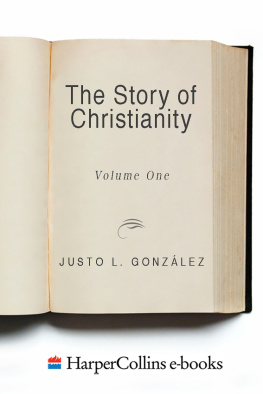

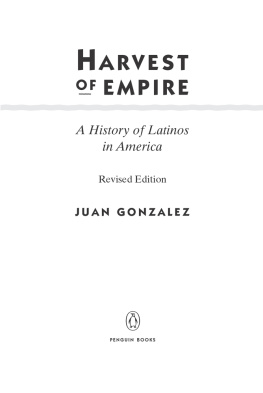
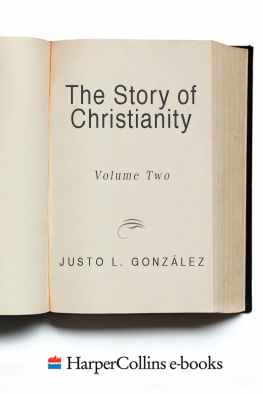
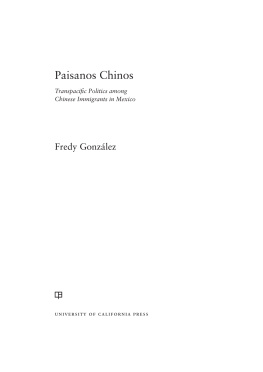

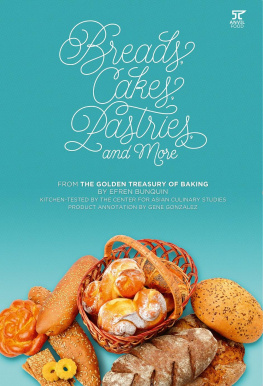
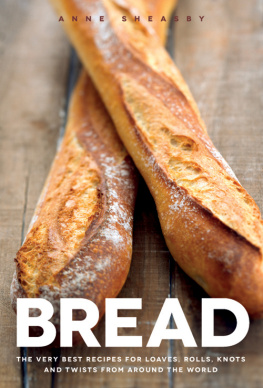
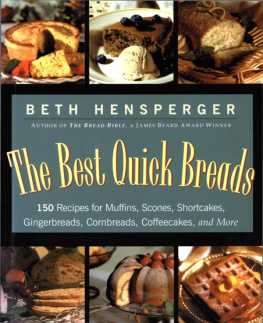
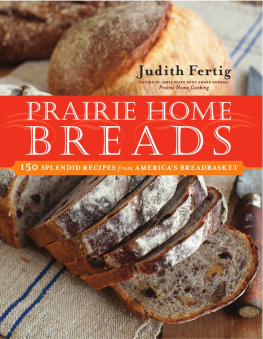
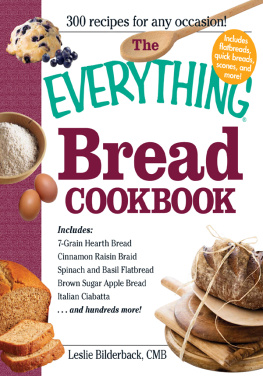
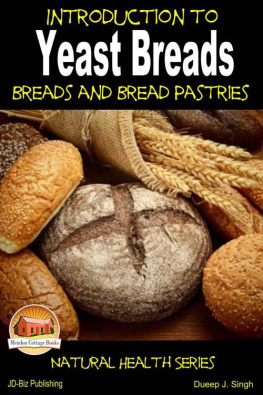
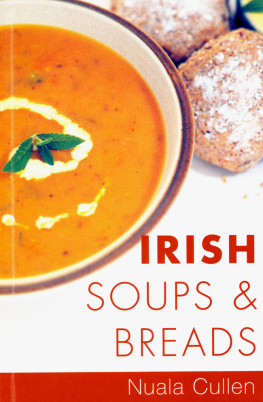
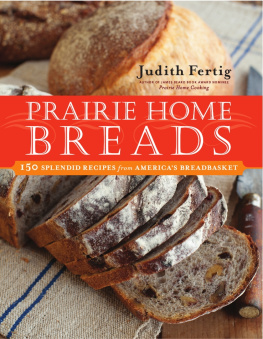
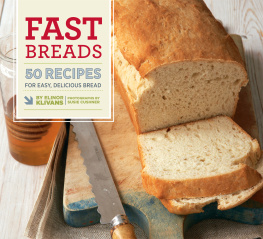



 To the Research and Development Team composed of students of the Center for Asian Culinary Studies, Michael Raymond Barcelona and Dindo Bollozos, whose extra hours dedicated also enriched their deep appreciation for traditional Filipino-style breads.
To the Research and Development Team composed of students of the Center for Asian Culinary Studies, Michael Raymond Barcelona and Dindo Bollozos, whose extra hours dedicated also enriched their deep appreciation for traditional Filipino-style breads.